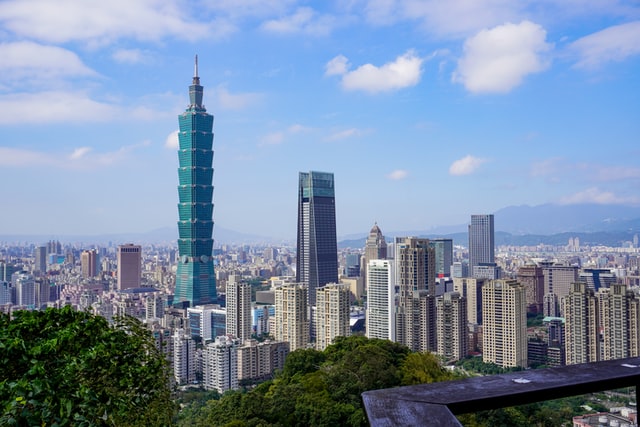As part of its ambition to achieve net-zero emissions by 2050, Taiwan Semiconductor Manufacturing Co. (TSMC) announced on Wednesday (March 23) that it will spend up to 2% of its annual revenue on environmental, social, and governance (ESG) efforts.
“We recently assessed and agreed that our company’s ESG budget for the long term will be roughly 1% to 2% of revenue on average per year,” Lora Ho, senior vice president at TSMC and chair of its ESG committee, said at an industry gathering, according to Nikkei.
According to Nikkei, TSMC earned US$56.82 billion (NT$1.63 trillion) in sales in 2021. A 2% ESG budget would cost roughly $1.14 billion each year.
Carbon emissions at TSMC are expected to peak in 2025, with the business seeking to reduce emissions to 2020 levels by 2030, according to Ho. According to the article, the world’s largest contract chipmaker stated its carbon emissions in 2020 will be over 10 million tons, while Taiwanese display panel maker AU Optoelectronics said its emissions will be around 3 million tons.
TSMC’s emissions are made up of 62 percent from electricity use, 24 percent from its supply chain, and 14 percent from production and manufacturing, according to Ho. This was the first time TSMC had released its emissions breakdown, according to Nikkei.
The chipmaker increased its renewable energy usage aim from 25% to 40% by 2030 last year. TSMC inked a 20-year contract in 2020 to purchase electricity from Orsted’s offshore wind farm off the coast of Changhua, which is slated to begin commercial operations in 2025 or 2026. It also agreed to buy 1.2 gigawatts of wind farm capacity in Taiwan from WPD in 2021.
TSMC also stated that it will look to source additional materials and parts from within the country. Ho stated that TSMC’s first zero-waste manufacturing factory in Taichung, which converts waste into useful electronics materials, is set to open in 2023, and that the company plans to establish comparable zero-waste facilities in the country’s southern and northern regions as well.


